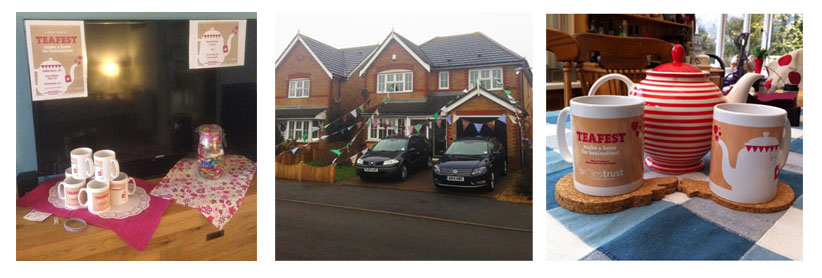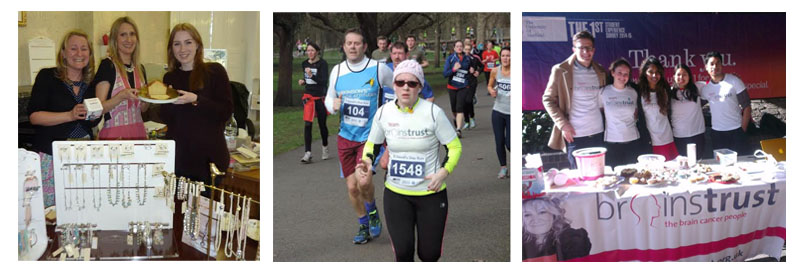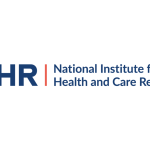Our celebration of the British cuppa for brain tumour support is over for another year and it really has been better than ever. Here are a few highlights from TEAFEST 2015-
Tracy Williams’ Tea Tasting spectacular attracted 70 of her friends! We think Tracy might hold the record for biggest TEAFEST party yet. Tracy put on a proper festival of tea, decorating her house to the nines and the good news is that her buntin managed to survive the gale-force weekend winds. And, even better news, Tracy’s party raised over £700. Incredible.
Thank you Tracy!
It seems like the British cuppa has gone global this year, with Tracy offering tastings of teas from around the world alongside it, and Cordula Stach’s TEAFEST party receiving donations from her international friends. Cordula saw donations for her party flood in from the UK, Germany, Mexico and Chile, collectively raising over £700. It’s great to see that the English brew, and more importantly brainstrust, is getting international support. Cordula, you’re amazing.
Mandy Smith held 2 TEAFEST events, one for her old teacher colleagues and their children, and another for family and neighbours. With 10 children arriving for the first party, all between ages 4 weeks and 4 years old, Mandy had a lively time of it. Her second party was more of a relaxed affair, where she enjoyed a cuppa whilst chatting about brainstrust. Together her two parties raised over £450 for brain tumour support! Thanks so much Mandy.

Brainstrust’s cooperate partners, Lovett and Co, opened up their vintage jewellery business to the people of Brighton and organised a drop-in day, with discounted accessories, cake and lots of TEAFEST merriment. They went onto raise over £100, and what’s more, two of the Lovett and Co girls have decided to run off the cake and sign up to run the Brighton 10K for brainstrust. You can sponsor them on their JustGiving Page.
Speaking of 10Ks, Suzanne Wag decided to fundraise for TEAFEST by competing in one, instead of drinking tea. Two years ago Suzanne raised an incredible £1000 for brainstrust at her TEAFEST party but this year she decided to do something more challenging, especially since her participation in the St. David’s Day Run fell almost exactly two after she had brain surgery. We applaud and admire Suzanne for choosing to race for brainstrust instead of eating cake and we’re thrilled to hear the first run she competed in since surgery went so well. You can still make a sponsorship donation towards Suzanne’s TEAFEST 10K HERE.
And finally, the University of Sheffield’s NeuroSoc had a lengthy list of ways they were going to fundraise for TEAFEST, and we’re pleased to announce that, through such hard work and tea-fuel, they were successful with everything. They sold out of goods at their Student Union cake sale, hit Friday evening rush hour at Sheffield train station on their bucket donation and saw a massive turn up and support for the pub quiz they hosted on Wednesday night. What an effort!

And these are just a few of the events that took place. Thank you to EVERYONE who got involved and donated this TEAFEST. The funds you raised will allow to continue building a support service to help more people in the UK feel less afraid, less alone and more in control in the face of a terrifying brain tumour diagnosis.
A brain tumour patient recently got in touch to thank brainstrust for her Brain Box, which featured a teabags in it alongide other vital information- a resoruce that is funded by the money you raise. Her words underline the importance of our help and how brain tumour support really is built on tea, not coffee-
“when I have a cup of tea I feel really supported. It feels full of love and I feel very cared for by your organisation”
If you missed out on TEAFEST this year, or want to continue fundraising, we have lots of events planned that you can involved with. Or, if you want to organise your own, we’ll support you with it every step of the way. Simply email your idea to tessa@brainstrust.org.uk Your fundraising is essential and will be used to help us reach the 60,000 people in the UK living with a brain tumour, so that we can offer them vital support.







